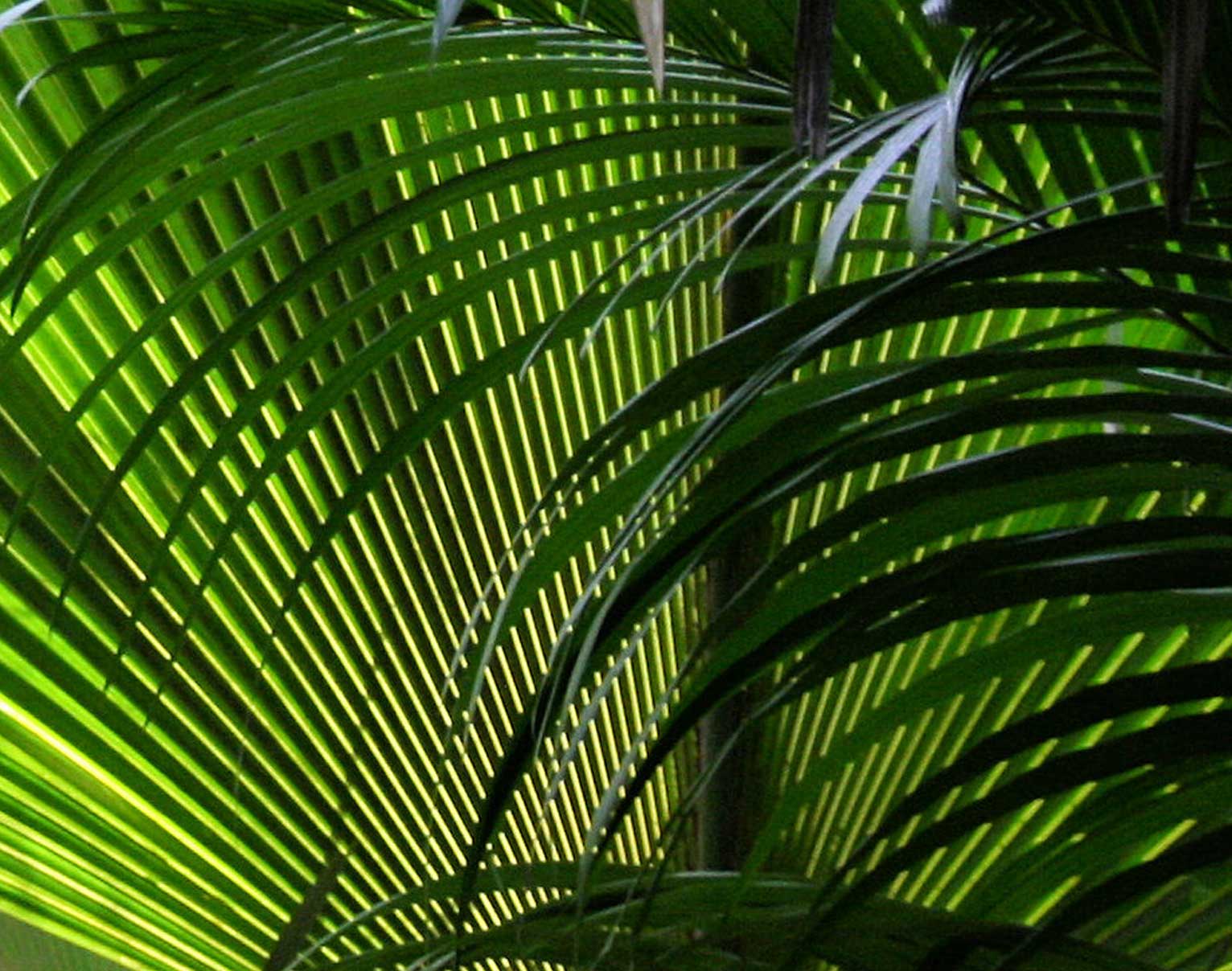

The Seychelles Plant Gallery is one of the main outputs of a project that has been running in 2011 and 2012 and which is now known as the “Herbarium project”. It has been funded by the GEF Small Grants Programme (SGP) and is the result of a successful collaboration between the Seychelles Natural History Museum and the Plant Conservation Action group (PCA), with the collaboration of the Seychelles National Parks Authority (SNPA).
The overall objective of the virtual gallery is to provide to local communities a tool for identifying plant species and a platform for sharing their knowledge on these plants.
Its strength is based on the link with the Seychelles National Herbarium Database, which results in a very efficient management of synonymies and in the automatic attachment of any species information to images of these species, like island occurrence, origin status, etc. Reversely, the images also contribute to the National Herbarium database in providing a system of image-based sight records offering the possibility of reviewing species identification even without specimen and compiling more species records, from both the scientific and the non-scientific community.
The Seychelles plant gallery offers several tools
Thematic image galleries - In order to help users to browse images in search of a species identity, these are organized by thematic groups like such as natives, exotics, ferns, etc. Within each gallery, images are organized by families and then by scientific names of species.
List of plant species - The Seychelles Plant Gallery is just born and many species still lack illustration or are only illustrated by low quality photos. The list of plant species gives you a list of all plants for the flora of Seychelles and the corresponding illustrations compiled in the gallery. Information is provided on the quality rating of the illustration and on their availability for the virtual gallery (some have copyright and are restricted to use by the herbarium staff, e.g. for identification purpose). Contributions for these species not yet illustrated are most welcome. You can send us your images or simply visit us at the museum. To make your contribution even more valuable, we recommend you to accompany your photos with information on the locality and some other useful information (see Kapisen). Overseas taxonomists are also welcome to participate, especially for poorly known groups like mosses, by sending us images of species listed in Seychelles. Even if the plant is photographed in another country, this will be incorporated in our gallery and could be used to help identifying our specimens from Seychelles.
List of creole names - If you are not familiar with scientific names, this list will help you to browse directly through Creoles names. Creoles names, and other vernacular names, have the great advantage that they are most widely known. Nevertheless, you should be aware that these names also have some limitations. First, orthography varies: “Lagati” or “Agati”, “Bwa-d-nat”, “Bwadnat” or “Bois de natte”, etc. Secondly, many plant species simply do not have any local name (when these are not locally used, like most ferns). Thirdly, one local name may sometimes correspond to more than one plant, as for example “Bwa mozanmbik”, “Gazon trel” or “Fouzer maryiaz”.
Customized galleries and on-demand searches - Finally, if you want to make more specific searches (for example, all native monocots recorded on the island of La Digue and known from less than 4 localities), do not hesitate to contact us and to visit us at the Seychelles Natural History Museum.




